What to look for, what to ask, and what makes them special.
Not too long ago, the Diamond Producer’s Association (or DPA for short) contacted me, asking if I might like to get my paws on the goods and learn a bit more about my very favorite stone. DPA is an international alliance of the leading diamond mining companies, and they’re committed to ethical and sustainable operations. All of this means their members touch a whole lot of ethically sourced diamonds. Hi, yes, I’m very interested.
DPA is also behind the “Real is rare. Real is a Diamond.” campaign you might have seen. If ever there was something that could make you feel all warm and fuzzy about a hunk of perfectly arranged carbon atoms, it’s this campaign. “Diamonds are natural symbols of real connections because they are rare, precious, and no two are alike,” says Deborah Marquardt, chief marketing officer of the Diamond Producers Association.
If there’s one thing I’ve learned in diamond school, it’s that her point about no two diamonds being exactly alike is absolutely true. And if there’s one thing I’ve learned from getting engaged, it’s that seeing something so precious and special that was picked out just for you gives a feeling that can never be replicated. Diamonds hold so much meaning in our lives, whether you receive one as a gift from your S.O., inherit a family heirloom, or, hello, buy one for yourself (I’m currently in the market for a loose diamond for myself—more on that another time), and yet there’s so much mystery around the process of buying them.
You’ve likely heard of the “Four C’s” but maybe don’t really know what those C’s stand for, or what they actually mean—how they all come into play to make up a completely unique object that’s truly one of a kind. Not to mention, buying one is a major investment. Diamonds are expensive because they’re rare—they formed billions and billions of years ago deep below the earth’s surface, and contemporary diamond miners have to sort through roughly 200 tons of ore (!!!) to get just one carat of diamonds (!!!!!!!). Anyway, all of this is to say, whether you’re buying one for yourself, for someone else, or hoping to guide someone’s purchase on your behalf, it behooves you to know the basics when it comes to diamonds.
Which is why DPA sent me to Kwiat to see Greg Kwiat uptown. He was obliging enough to bring out many, many carats of the highest-quality diamonds and let me fondle them. Truly, it was a morning to remember.
He also walked me through all aspects of the Four C’s—cut, color, clarity, and carat—so that I, or you, can make an educated purchase.
Before we get into it, tell me about shapes:
“Diamonds come in a variety of shapes! The most popular and traditional of which is round. It’s called a round brilliant cut, and it has a lot of fire and brilliance.”
“For people who want a very classic, timeless style, the round stone is usually the first choice. Round stones show their size—when it’s well cut, it looks like a nice size for its carat weight. Other shapes can look a little small for their carat weight, and other shapes can look very big for their carat weight.”
“Our second-most popular shape is cushion. Cushion shapes are actually the oldest diamond shape, the very original diamond shape, from back in the 1700s when diamonds were first being cut for jewelry purposes. ‘Cushion’ is a little bit open-ended—butbasically the idea is that it is a squarish round stone or a rounded square. Something that [has] soft corners, often they use the term ‘pillow-like,’ in its shape.”
“The oval, as the name would suggest, is oval in outline. It’s cut similarly to the round, so it has a similar brilliance to a round diamond. It’s a beautiful, elongated shape, is very graceful on the hand, and elongates the fingers. A beautifully cut oval will also look big for its size. As a general rule, elongated stones show their size well, and squarish stones carry a lot of weight underneath. So square cushions and asschers will look small for their size, whereas ovals and marquise shapes look large for their size.”
“So all of these stones here are called brilliant cut, meaning the facets on the stone—regardless of the shape of the outline, the facets are triangular and kite-shaped, which give the stone that brilliant diamond sparkle that people are the most familiar with.”
“Emerald cut and asscher cut are what’s called step cut. Step cuts are more geometric. It’s a more understated look; it’s not as sparkly as the rest of these shapes, but it’sa more understated elegance. An emerald cut is a rectangular shape with cut corners and straight sides. Meanwhile,asscher cuts are more or less square versions of the emerald cut. There are some nuances that make them slightly different, but the idea is it is a step-cut square.”
“A lot of people are very drawn to the rectangular outline of the emerald cut, but they like the sparkle of the brilliant cut. So the radiant cut was then created. The idea here was how do we make a stone with the outline of the emerald cut but have more sparkle? Again, straight sides, cut corners.”
“Then we also have pear shapes. Pear shapes arepear in outline. They’re brilliant cut in faceting. Pears are very popular as drops for pendants or a pair of earrings, but less popular today as engagement rings.”
“The marquise, of all the shapes, actually shows a tremendous amount of size for its carat weight just because it’s so elongated. There’s a lot of drama in the marquise. It’s not nearly as popular as rounds, cushions, or emerald cuts when it comes to engagement rings, but we’ve noted resurgence in popularity. There is something really dramatic about this long marquise shape. It’s a little bit edgy with the points, and it’s a little bit unusual because of its shape.”
“And then, I left this for the end because it is extremely unusual and unique. This is what we call Ashoka. The Ashoka is a proprietary cut, whereas you’ll see if you go out into the world of diamonds, you may see these other cuts out in the world. We are the distributors for this Ashoka cut in the United States. The only place you can find this is here at Kwiat. The idea of the Ashoka is somewhat of a cross between the cushion shape and the emerald cut. It has straight sides with rounded corners. It’s an elongated stone, so there is a lot of length and drama to the stone, and it shows its size very well because of that. The faceting pattern is kind of a combination between the step cut and the brilliant cut. It has a kind of criss-crossing pattern on the underside, and so that gives it a unique brilliance that creates a distinctive and unique stone.”
So then how is shape different from the first C, Cut?
“What we just talked about was shape, and that’s different from cut. This is a common mistake.Cut is about angles and proportions—round is round,asscher is asscher. Cut, when we talk about that in the context of the four C’s, is about how well that diamond was turned from a rough stone to a polished stone, all of the parts that people were involved in. Color is a given from nature, clarity is a given from nature, ultimately the carat weight is a result of how the stone is cut. But the cut is the skill. It’s the artistry of taking rough diamonds and turning them into polished, beautiful gemstones.
“Cut is the hardest of the four C’s to understand as a consumer. So the four C’s are carat weight, clarity, cut, and color. Carat weight is the easiest to understand.”
What does Carat mean?
“Carat weight is the weight of the diamond on the scale. We talked about why some shapes look bigger than others, but two stones with the same carat weight can have a very different size appearance. The carat weight is easy to understand—you put the diamond on the scale, and that’s the carat weight. Larger diamonds are more rare and therefore more valuable.”
And Color?
“Color is the next of the C’s. Color is the presence of yellowing within the crystal structure of the diamond. As you look at the diamond, as you go down that scale, you’ll see increasing tints of yellow. The scale starts at D, which is the absence of color, it’s the best-graded diamond you can get. It goes alphabetically down all the way to Z. When you see attractive yellow colors, what we sometimes call a fancy yellow, that’s actually beyond Z.
“There’s a whole range in there where the diamond shows a faint yellowness, that’s considered somewhat less attractive before it becomes yellow in an attractive way. The choice of color is personal; as one sees in the process of buying a diamond, there’s all sorts of trade-offs and balances to get a certain size and a budget. You have to balance color and clarity.”
What about Clarity?
“Clarity is then the next of the four C’s, and, like color, this is a grade given by the GIA so you definitively know what that stone is. The scale [is] not as easy to remember as the alphabet, but the scale begins with flawless, which is a term many people have heard. Then there’s the VVS grade. VVS stands for very very slightly included, and there’s a 1 and a 2, the 1 being the higher, better grade. So VVS 1 and VVS 2; then there’s VS 1 and VS 2 (very slightly included), SI 1 and SI 2 (lightly included), and then there’s a range of I1, 2, 3 that goes below that. Basically what we’re grading here is the presence of what we call inclusions in the crystal structure, imperfections in the crystal structure. Characteristics of the stone that were present from nature and that remain within the diamond.
“It’s not a problem that a diamond has some kind of clarity characteristic. Ninety-nine-point-nine percent of the world’s diamonds have something within that crystal structure that gives it a grade that is not flawless, and that’s not a problem. But really, what someone should be looking for is how pronounced are these inclusions? How obvious to the naked eye or under 10x magnification? How obvious are these things?”
And back to Cut, why is it the most important?
“Cut is the fourth of the four C’s and is actually the most important, but it’s also the hardest. For all of these shapes, with the exception of round stone, there’s no grade for cut. There is no grade on the GIA report that says this is good or bad. Cut becomes the one where, as a person not familiar with diamonds, beyond just the passing knowledge, you’re a little bit in the dark about how to actually evaluate it. So it’s important to have good guidance from someone who is knowledgeable to help you understand the difference between the stones when you’re in that buying moment.
“Ultimately, when a diamond is beautifully cut, it’s brilliant, it’s bright, it sparkles, it’s lively. When it’s poorly cut, it’s dull, it’s lifeless, it’s dark, it doesn’t really show the beauty a diamond ought to show. That’s why cut is so important—because whatever the color and clarity grade of a diamond may be, if it’s well cut, it’s beautiful. It could be a D color and a flawless diamond, which is the best on those two scales. If it’s poorly cut, it’s just an ugly rock; it’s not a nice, beautiful diamond, and it’s not worth whatever money you would pay to own it. The most important thing is cut.
How can you be sure of what you’re getting?
“If the diamond is accompanied by a GIA report, the GIA report indicates that it is a natural diamond. There is no substitute for going to a reputable source. If you’re shopping beyond reputable sources, you’re leaving yourself open to potential fraud problems. Whatever that source, wherever you are in the world, if you’re working with a reputable source, you should feel confident that they’re guiding you properly and that they’re delivering to you something that is of fine quality or of a quality that you’re in search of—which should always be fine quality. The GIA report that accompanies the stone will indicate that it’s a natural diamond, and as long as you can be sure that the diamond and the GIA report match each other, that should be enough assurance that the stone is natural. It should also be an assurance that the diamond is the color and clarity grade that’s stated.LikeI said, there’s no cut grade, so it doesn’t guarantee that it is nice quality. Always shop with a reputable source; there’s no substitute for that.”


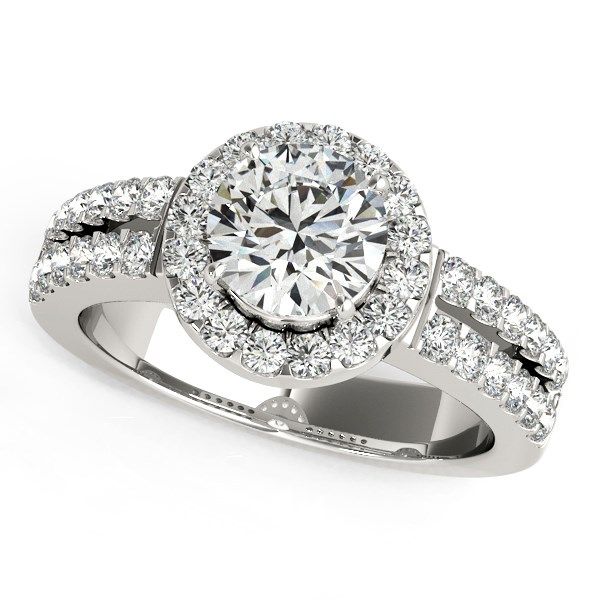


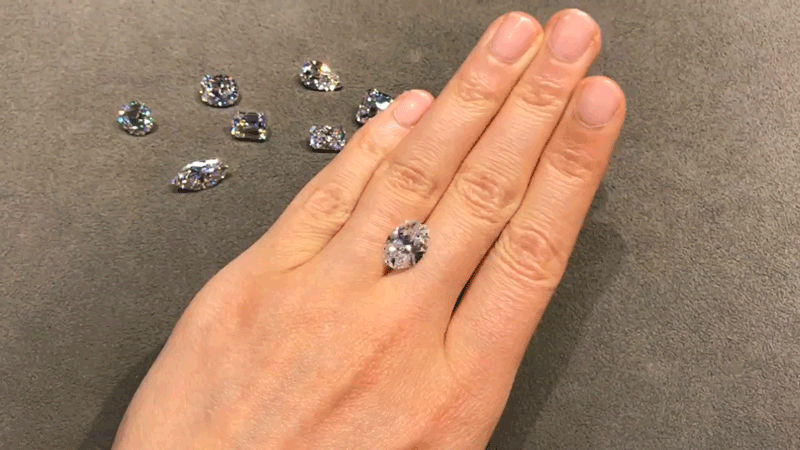

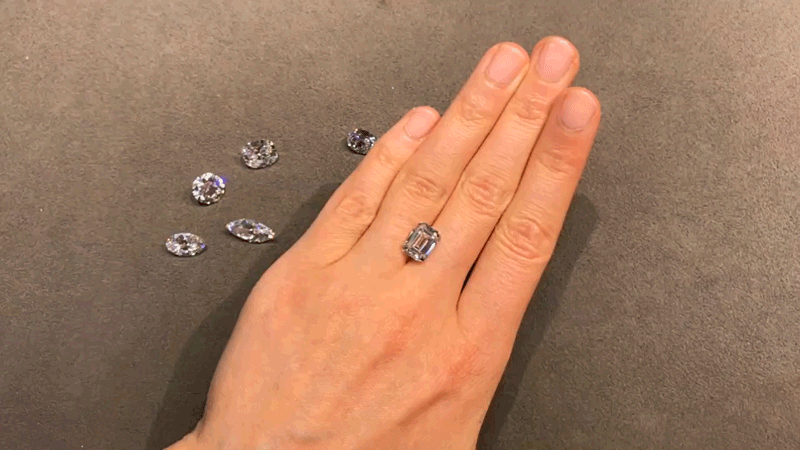
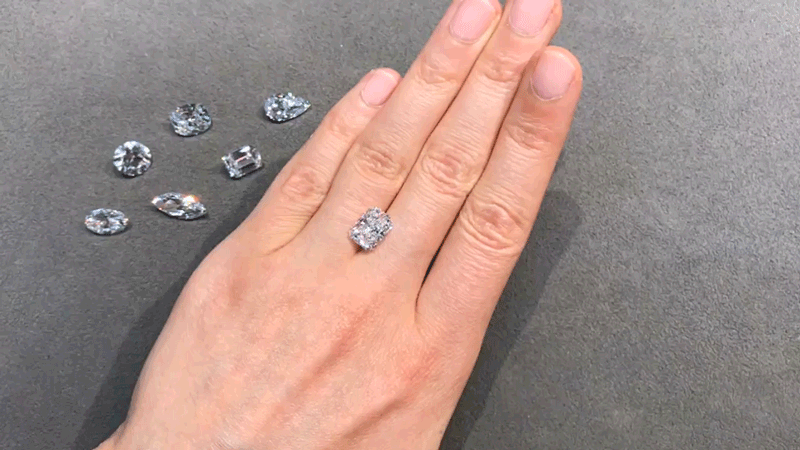

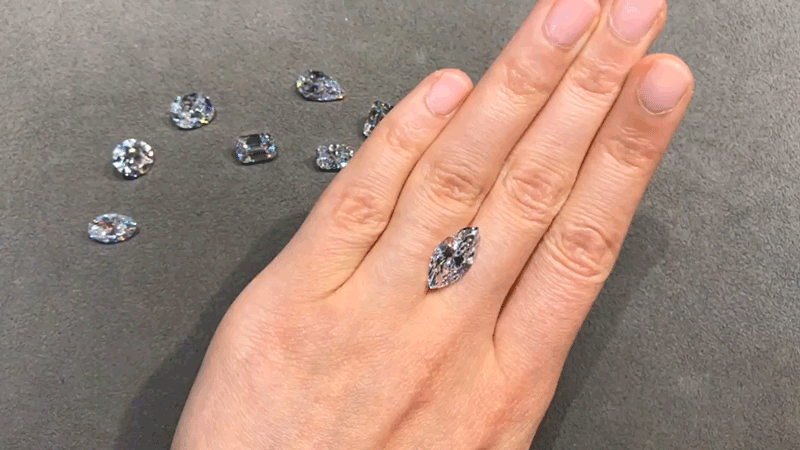
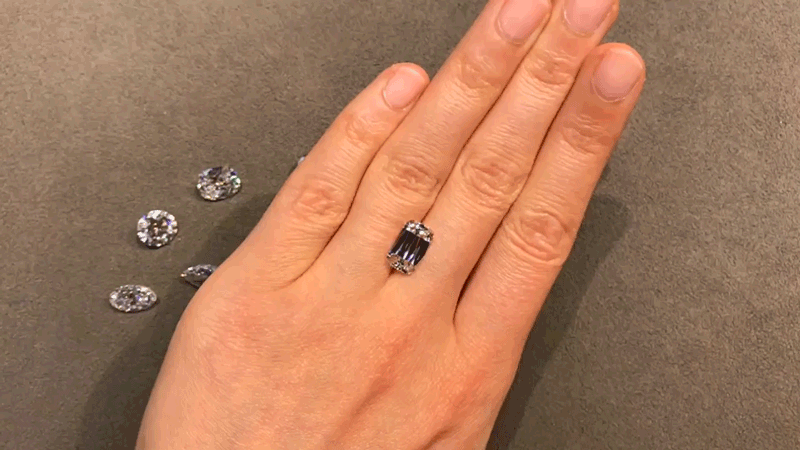
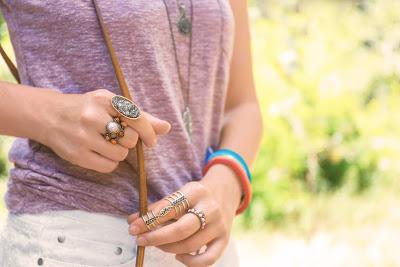


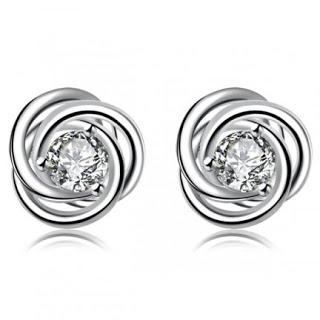

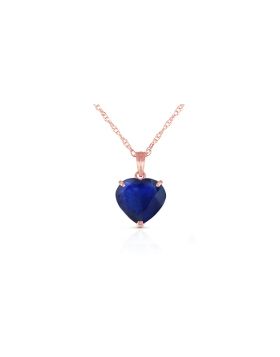
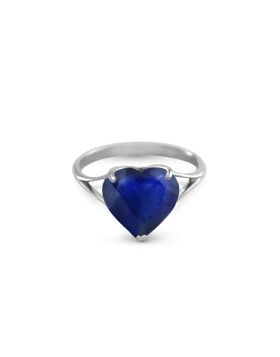

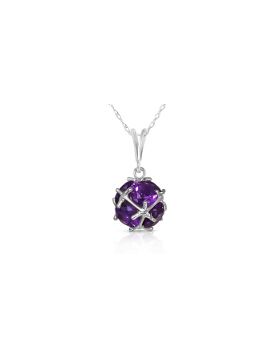











Comments